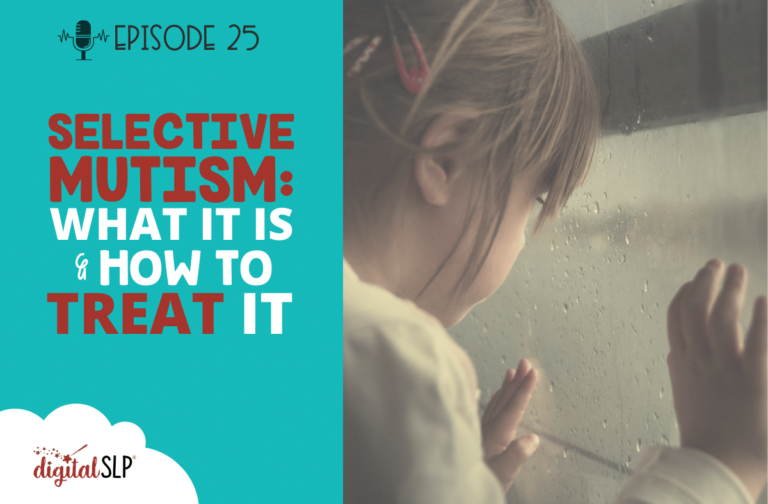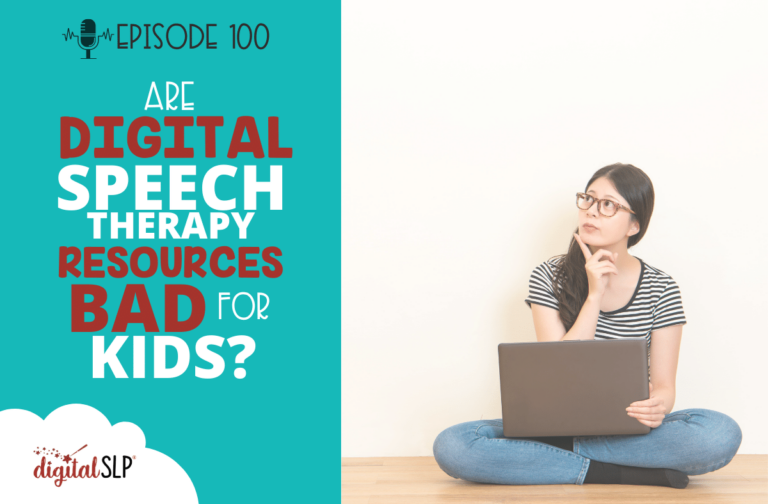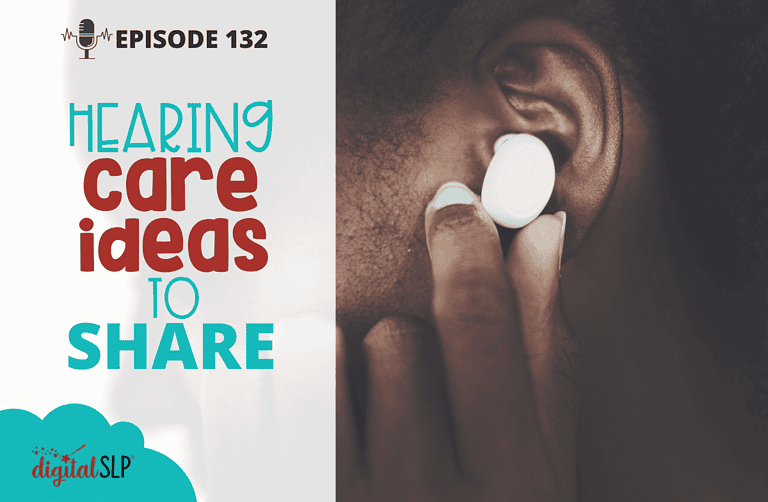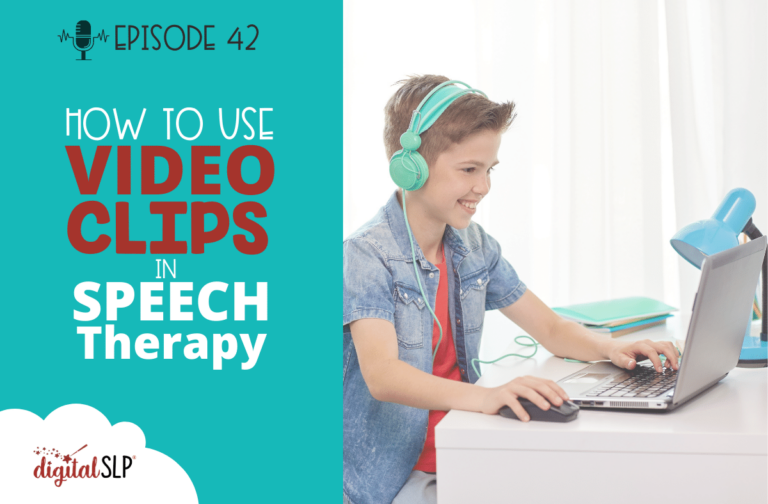Do you feel comfortable when it comes to treating selective mutism? If not, that’s ok! It’s a rather rare thing that many clinicians might not ever encounter during their career. However, many will, and some will need some help determining what course of action to take to best help these children. I’m here today in episode 25 to talk about what selective mutism is and to give an overview of some treatment strategies.
Selective Mutism Basics
Before we dive in, let’s talk about some of the basics. ASHA defines selective mutism as “a complex childhood anxiety disorder characterized by a child’s inability to speak and communicate effectively in select social settings”. The thing to remember here is that the child can speak, yet is unable or unwilling to in certain situations.
Prevalence rates of selective mutism vary, with some rates stating 0.02% (Brown & Lloyd, 1975) and others stating up to 1.9% (Kumpulainen, Räsänen, Raaska, & Somppi, 1998). This low prevalence rate is why some SLPs might not have encountered a case. It’s also why some might not feel so comfortable treating it. I’m curious to know, did you learn about selective mutism in graduate school? Was this an area that was addressed? I certainly do not remember much time (if any) being spent on this topic. However, it’s been over 10 years now, so I can’t promise that it wasn’t covered! (Insert blushing emoji here).
Some treatment approaches focus more on behavioral components, like desensitization. Other treatment methods have more of an SLP-focus and work on things like making nonspeech sounds that are similar to speech sounds. Listen to the podcast to learn about these various treatment methods as I describe them in more detail.
If you’re driving, distracted, or just not up to taking notes, I’ve formulated a free handout that discusses the treatment methods that were reviewed in today’s podcast.
Links and Resources:
- FREE Handout that recaps treatment strategies for selective mutism













Recent Comments